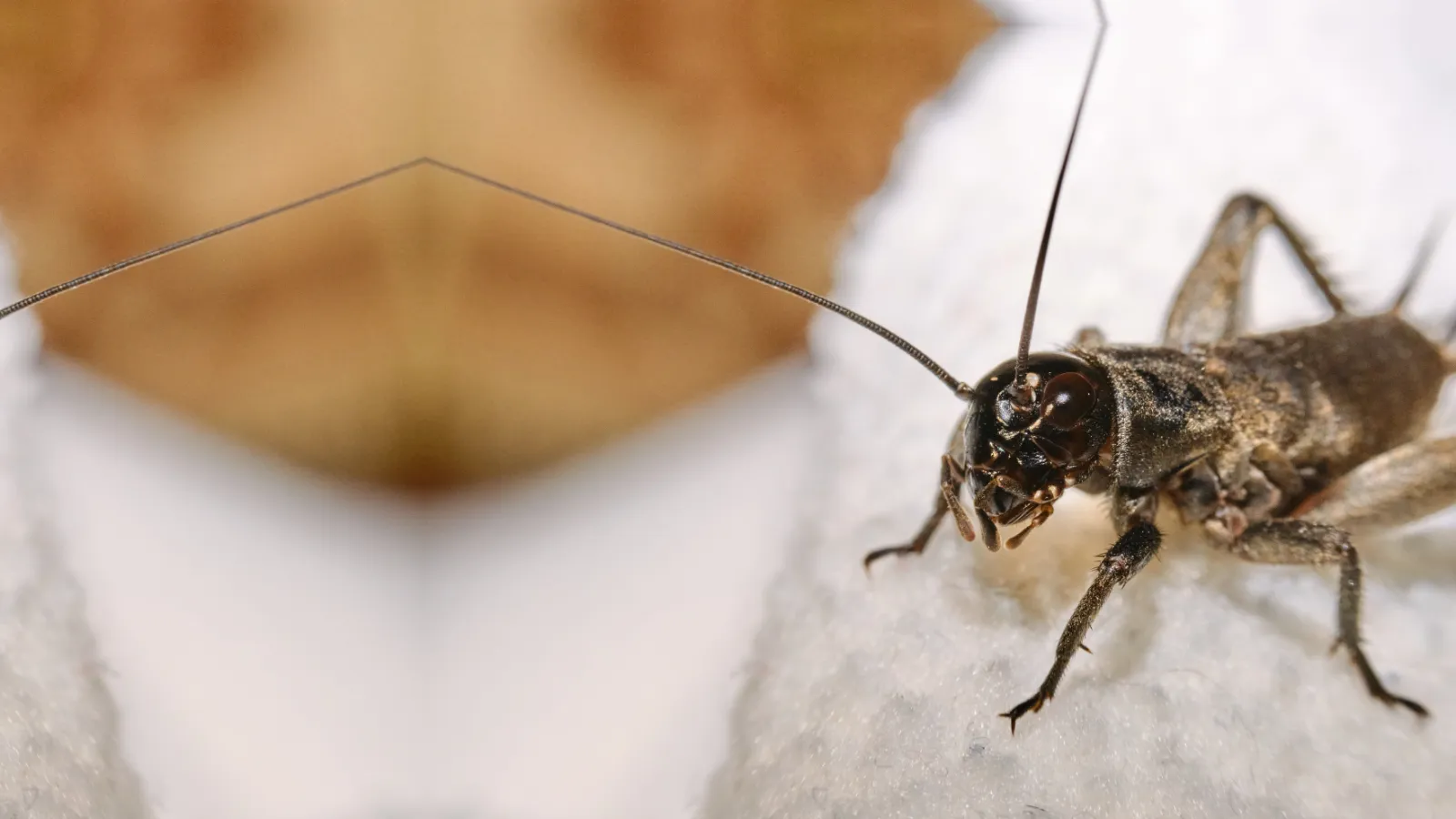
Camel Crickets
Latin Name: Rhaphidophoridae
Camel crickets, also known as cave crickets or spricketts (a nickname combining "spider" and "cricket"), are unique insects belonging to the family Rhaphidophoridae. They are named for their humpbacked appearance, resembling a camel. These crickets are primarily known for their long hind legs, lack of wings, and tendency to hop when disturbed.
Physical Characteristics
- Size: Typically range from ½ inch to 1 ½ inches in length.
- Color: Light brown to dark brown, often with a mottled pattern for camouflage.
- Body Shape: Arched back resembling a camel's hump.
- Legs: Long, strong hind legs adapted for jumping.
- Antennae: Extremely long and used to navigate dark environments.
- Wings: Unlike other crickets, camel crickets do not have wings and cannot chirp.
Habitat
Camel crickets thrive in cool, damp, and dark environments. They are commonly found:
- In basements, garages, crawl spaces, and sheds.
- Outdoors under stones, logs, mulch, or leaf litter.
- In caves, which is why they are also called cave crickets.
Behavior
- Nocturnal: Most active at night.
- Jumping Defense: They leap as a defense mechanism to startle predators.
- No Sound: Unlike true crickets, camel crickets are silent because they lack the sound-producing organs.
- Attraction to Moisture: They are drawn to high-humidity environments and may enter homes seeking damp areas.
Diet
Camel crickets are omnivorous and will eat:
- Fungi, mold, and plant material.
- Paper, fabric, and cardboard if other food sources are scarce.
- Dead insects and even their own kind if food is limited.
Life Cycle
- Eggs: Females lay eggs in moist soil or organic debris.
- Nymphs: Hatch as nymphs, resembling smaller versions of adults.
- Adults: Mature without significant physical changes since they do not develop wings.
Are They Harmful?
- To Humans: Camel crickets are not harmful; they do not bite, sting, or carry diseases.
- To Property: They can cause minor damage by chewing on fabrics, paper, or stored items in humid environments.
- To Other Pests: Camel crickets can attract predators such as spiders into your home.
Interesting Facts
- Camel crickets have poor eyesight and rely on their long antennae to "feel" their surroundings.
- Their jumping behavior often causes more fear than harm to humans.
- They are considered a beneficial insect in nature because they help decompose organic matter.
If you're dealing with a camel cricket problem in your home, addressing moisture issues and sealing entry points are crucial first steps!
